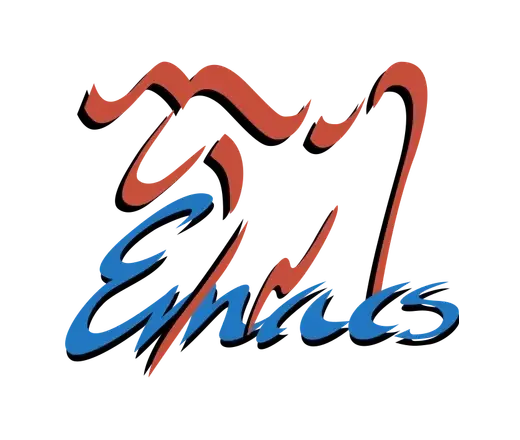The outburst part about the ryzen mini pc was hilarious. Emacs rulezzz!
That is … actually… Very entertaining. I wish I could replicate that kind of enthusiasm when I’m talking into a microphone.
I run emacs on a raspberry pi just fine lol.
Sounds like he could benefit from TRAMP…
Personally I find tramp very unusable.
I dislike latency gaming on 60hz monitors, so im at least somewhat sensitive to latency.
I find tramp usable locally and on very fast connections.
(Not intending to make this a critique of all things TRAMP but I prefer to discuss in public with specifics rather than personal generalizations so that future readers can put comments in proper context.)
TRAMP has limitations on both functionality and performance due to it not relying upon any Emacs-specific technology on the remote system. However, the configuration of both Emacs and the networking services have a dramatic impact on the usefulness of TRAMP services.
I have found that, with properly provisioned remote access and servers, TRAMP, while not instantaneous, is responsive, and can simplify complex file manipulation and editing without specialized configuration anywhere but the local Emacs instance. With TRAMP and Eshell, I am able to copy a file from an on-prem docker instance directly to an AWS EKS instance with a single
cpcommand including file path completion. It might be sluggish completing file names initially, once the cache warms up, the interaction is usable. Obviously, copying 30MB between systems is not something you want to do frequently but if you do, Emacs and TRAMP are not the preferred solution.As an old greybeard, TRAMP over SSH is far better than editing and copying files over 1200 baud dial-up lines. If you don’t know what those are, don’t ask, you do not want to know.


